5 volatile drug launches to watch in 2024
After drinking from the firehose that is JPM week, I realized that those five were hardly the last word on launches.
As for this most recent batch, all are expected to create volatility in one way or another. Some may do so by dint of their first-in-class status or differentiated profile, others via a major marketing push designed to shake up entrenched competition or expand a therapeutic category.
In other words, although they may not all be consensus blue-ribbon picks, ignore these “volatile debutants” at your peril. The usual caveats apply here, as well: FDA approval times are subject to change and are approximate, as are revenue forecasts.
To that end, here are five more worthy candidates poised for a significant market debut.
1. Merck’s sotatercept (PAH)
During their JPM investor presentation, Merck CEO Rob Davis and R&D chief Dean Li touted two forthcoming launches with “multibillion-dollar” revenue peaks, sotatercept for treating pulmonary arterial hypertension (PAH) and V116 in pneumococcal disease.
While opinions are mixed on V116’s potential, sotatercept has earned consensus for having a substantial upside. The activin receptor 2a regulator’s FDA decision date is set for March 26, and Merck envisions sotatercept cementing itself in the PAH treatment paradigm rather quickly.
Indeed, analysts expect an unusually fast sales ramp. The street is modeling $330 million in sales by this year, with UBS analyst Trung Huynh pegging 2024 sales closer to $600 million – notable for a drug’s initial year on market. Revenues for 2028 are forecast to reach $2 billion, according to Evaluate Pharma.
2. Madrigal’s resmetirom (NASH/MASH)
There are no FDA-approved treatments for nonalcoholic steatohepatitis (NASH), a type of fatty liver disease which was recently renamed metabolic dysfunction-associated steatohepatitis (MASH). So resmetirom, being developed by Madrigal Pharma, could be big as the first-to-market therapeutic this year.
An FDA decision for the drug in NASH patients with advanced fibrosis is due March 14, under a previously granted priority review. If greenlit, the THR beta-agonist could ring up 2028 sales of $2.1 billion, according to an estimate by Evaluate Pharma.
Meanwhile, the NASH/MASH pipeline is a crowded one. Other THR-beta agonists have shown promise, not to mention FXR agonists, PPAR agonists (see below), FGF analogs and other therapeutics chasing this opportunity.
3. BridgeBio’s acoramidas (ATTR-CM)
Last month, BridgeBio filed an NDA for acoramidas (AG10) for transthyretin amyloidosis, a potentially fatal, genetic heart condition. A U.S. launch, along with additional ex-U.S. filings, are expected in the second half of this year
The Phase 3 ATTRibute-CM results, read out in mid-2023, met the company’s pre-defined “bar for best-in-class,” per a note by Leerink Partners’ Mani Faroohar. The progress represented a stunning turnaround for the company, which some had written off two years ago.
At the time, subjects in ATTRibute-CM who had taken a walk test closely correlated with heart health performed better on placebo, a baffling finding. However, the most recent data showed the metric flipping from that negative outcome.
In addition to the difficulty BridgeBio has experienced trying to bring its first drug to market, the asset is somewhat undifferentiated from standard of care, Pfizer’s Vyndamax (tafamidis), so analysts are somewhat skeptical.
That said, the transthyretin (TTR) stabilizer is expected to reach $1 billion in sales, as per Evaluate Pharma’s 2028 estimate. If it’s approved, all eyes will be on seeing how twice-daily acoramidas performs versus once-a-day tafamidis.
4. Verona’s ensifentrine (COPD)
Verona Pharma‘s inhaled drug ensifentrine (RPL554) could be practice-changing in the U.S., although its status as a nebulized, add-on therapy may curb uptake in other markets.
The PDE3/4 inhibitor combines bronchodilator and nonsteroidal anti-inflammatory treatments in one compound.
Two Phase 3 trials, dubbed ENHANCE-1 and ENHANCE-2, demonstrated an ability to lower exacerbations in moderate-to-severe COPD, as monotherapy or as an add-on to traditional LABA/LAMA drugs, minus the unpleasant systemic side effects of current PDE inhibitors that are delivered orally.
The FDA accepted the drug’s NDA in September and is expected to render a decision by June 26. Clarivate forecasts a 2029 sales range of $500 million to $750 million.
5. Ipsen’s/Genfit’s elafibranor and Cymabay’s seladelpar (PBC)
These two assets should certainly change things in second-line primary biliary cholangitis (PBC), an autoimmune disease in which the bile ducts in the liver are inflamed and slowly destroyed, causing cirrhosis.
Both regulatory reviews are highly anticipated. The drugs belong to the selective peroxisome proliferator-activated receptor (PPAR) class of medicines, which exert an anti-inflammatory effect in the liver.
Cymabay’s management has said they’re confident in landing a differentiated label through the addition of an explicit pruritus benefit. That could confer an edge over elafibranor, which demonstrated a non-statistically significant trend toward improvement on pruritus during trials.
Elafibranor, though, has at least a two-month lead on its rival. The FDA accepted Ipsen’s/Genfit’s priority review NDA last month and set a deadline of June 10. Cymabay Therapeutics submitted seladelpar to the agency last month, setting up a possible decision day in August.
While the PBC population is a small one, with just one in 1,000 people affected, the market could be worth $1.5 billion in 2035, according to a Genfit forecast. As a second-line treatment, elafibranor could take around a third of that total, or $515 million, per the company’s estimate.








